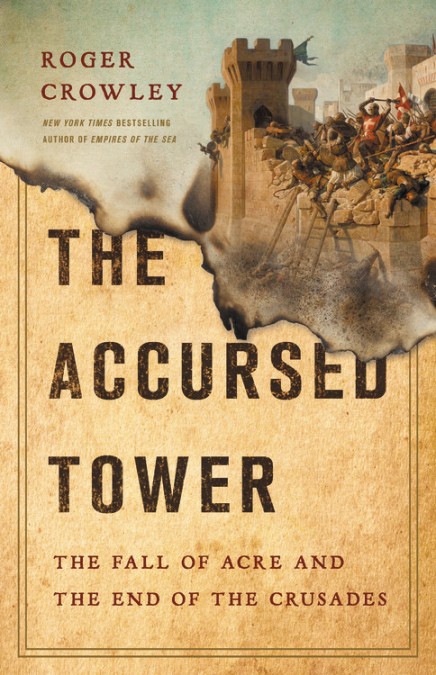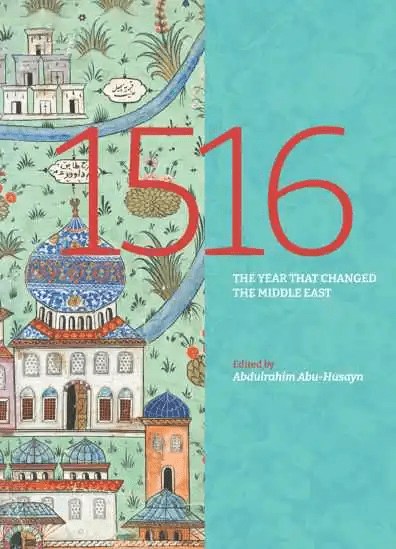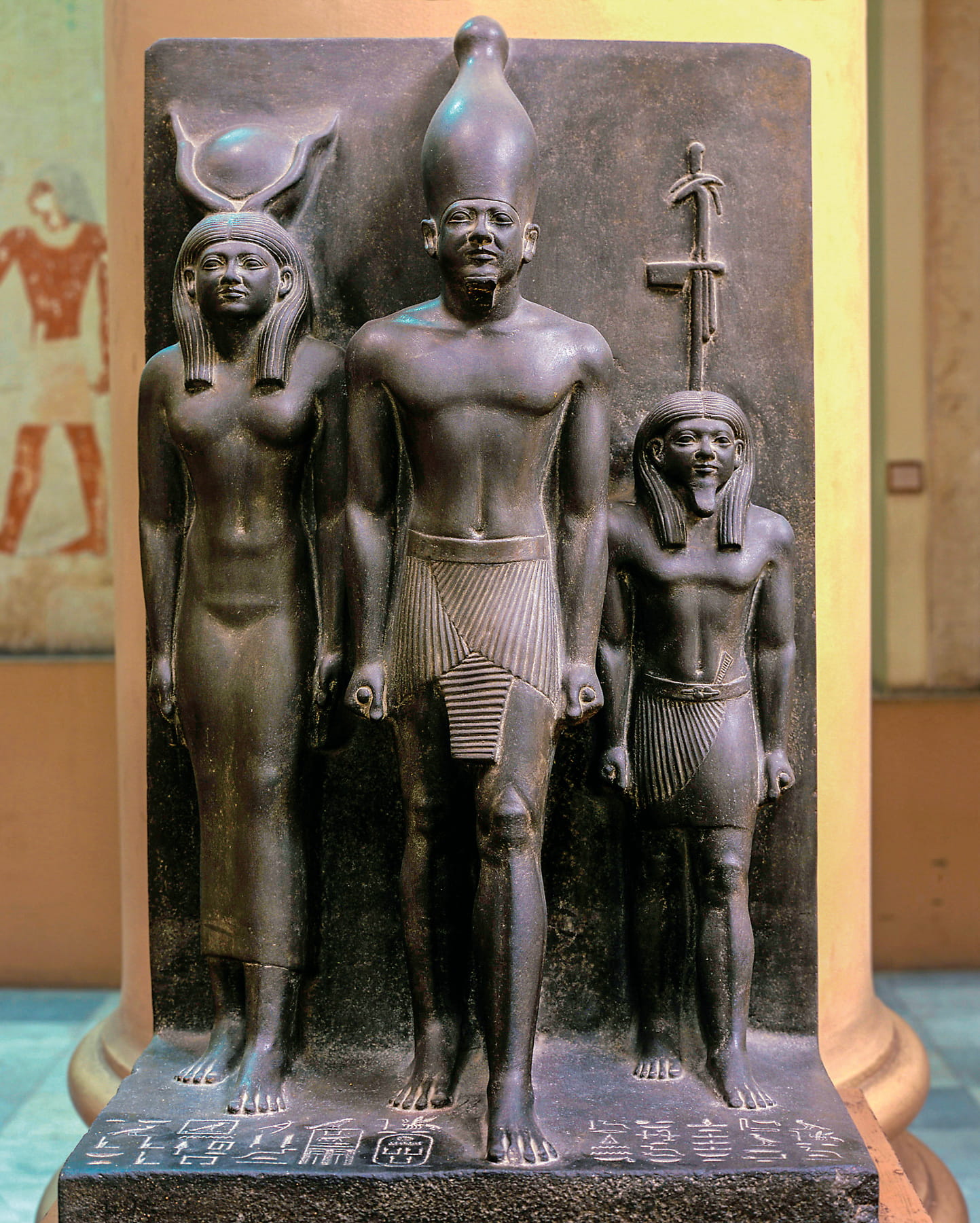
The Accursed Tower: The Fall of Acre and the End of the Crusades
Tom Verde
Roger Crowley
Basic Books, 2019.
“When our men laid siege to the city, this tower was the most strongly defended of all; whence they called it the Accursed Tower.”
Wilbrand van Oldenberg, visitor to Acre, 1211 CE
You may also be interested in...

Editor Challenges Readers To Witness Islamic History Sans the Modern Lens In New Book
In 1516, Ottoman Sultan Selim I entered Damascus clean-shaven. What followed changed Arab-Turkish relations for 400 years.
The Legacy of Egyptologist George Reisner—Our Book Review
When George Reisner died in 1942, he did so surrounded by ghosts—not just the pharaohs he’d unearthed but the stacks of unpublished notes that entombed his legacy.